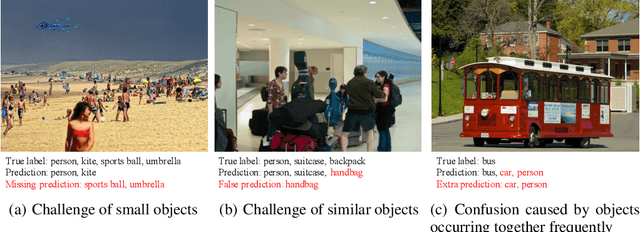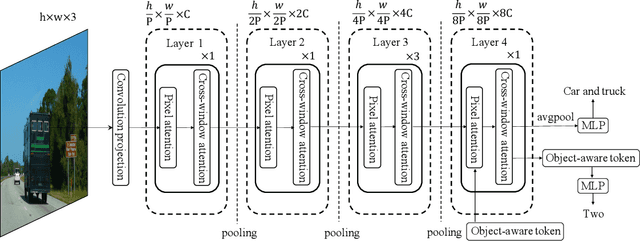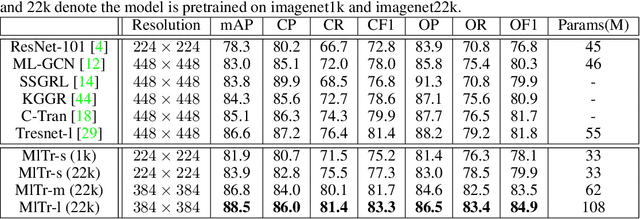Nian Shi
Decorate the Newcomers: Visual Domain Prompt for Continual Test Time Adaptation
Dec 08, 2022



Abstract:Continual Test-Time Adaptation (CTTA) aims to adapt the source model to continually changing unlabeled target domains without access to the source data. Existing methods mainly focus on model-based adaptation in a self-training manner, such as predicting pseudo labels for new domain datasets. Since pseudo labels are noisy and unreliable, these methods suffer from catastrophic forgetting and error accumulation when dealing with dynamic data distributions. Motivated by the prompt learning in NLP, in this paper, we propose to learn an image-level visual domain prompt for target domains while having the source model parameters frozen. During testing, the changing target datasets can be adapted to the source model by reformulating the input data with the learned visual prompts. Specifically, we devise two types of prompts, i.e., domains-specific prompts and domains-agnostic prompts, to extract current domain knowledge and maintain the domain-shared knowledge in the continual adaptation. Furthermore, we design a homeostasis-based prompt adaptation strategy to suppress domain-sensitive parameters in domain-invariant prompts to learn domain-shared knowledge more effectively. This transition from the model-dependent paradigm to the model-free one enables us to bypass the catastrophic forgetting and error accumulation problems. Experiments show that our proposed method achieves significant performance gains over state-of-the-art methods on four widely-used benchmarks, including CIFAR-10C, CIFAR-100C, ImageNet-C, and VLCS datasets.
MlTr: Multi-label Classification with Transformer
Jun 11, 2021



Abstract:The task of multi-label image classification is to recognize all the object labels presented in an image. Though advancing for years, small objects, similar objects and objects with high conditional probability are still the main bottlenecks of previous convolutional neural network(CNN) based models, limited by convolutional kernels' representational capacity. Recent vision transformer networks utilize the self-attention mechanism to extract the feature of pixel granularity, which expresses richer local semantic information, while is insufficient for mining global spatial dependence. In this paper, we point out the three crucial problems that CNN-based methods encounter and explore the possibility of conducting specific transformer modules to settle them. We put forward a Multi-label Transformer architecture(MlTr) constructed with windows partitioning, in-window pixel attention, cross-window attention, particularly improving the performance of multi-label image classification tasks. The proposed MlTr shows state-of-the-art results on various prevalent multi-label datasets such as MS-COCO, Pascal-VOC, and NUS-WIDE with 88.5%, 95.8%, and 65.5% respectively. The code will be available soon at https://github.com/starmemda/MlTr/
 Add to Chrome
Add to Chrome Add to Firefox
Add to Firefox Add to Edge
Add to Edge